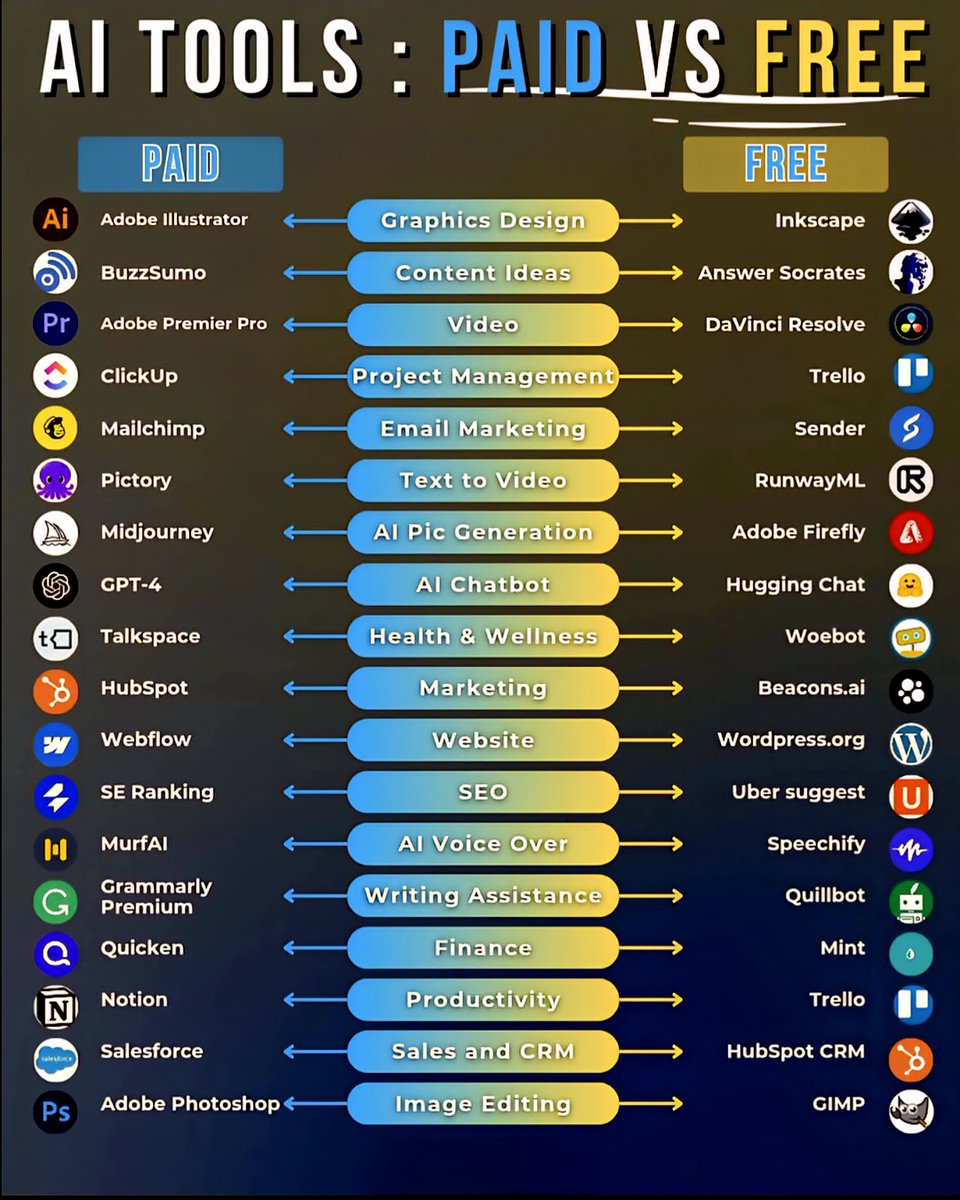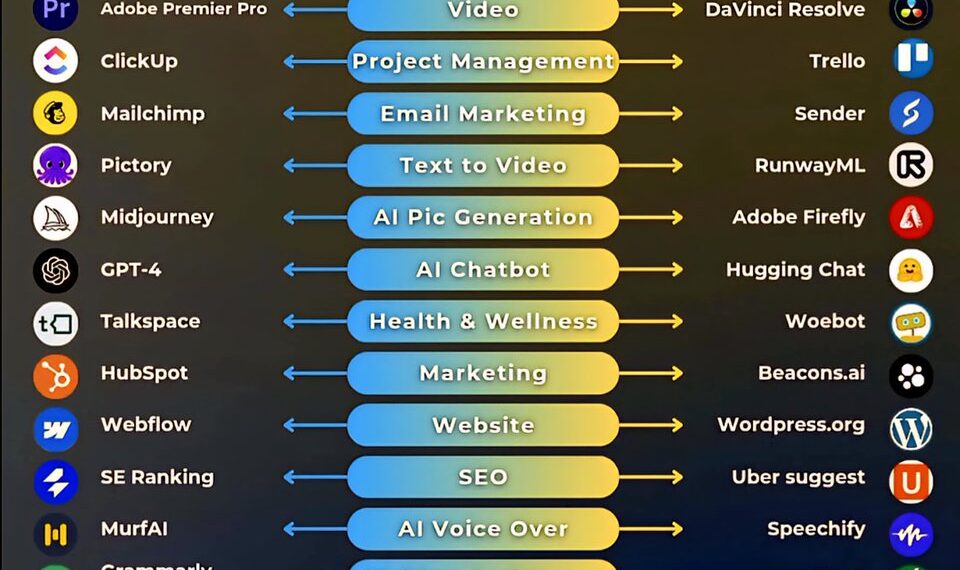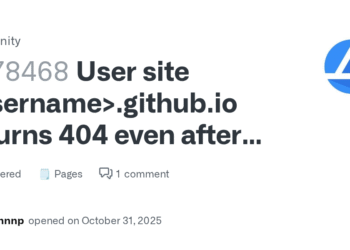Select Language:
The Great Debate: Paid vs Free AI Tools in 2025
Understanding the Landscape of AI Tools
As artificial intelligence continues to reshape industries in 2025, the availability of AI tools has expanded dramatically. Businesses, freelancers, and tech enthusiasts alike face the crucial decision of choosing between free and paid AI tools. Each option offers distinct advantages and limitations, making it essential to understand what differentiates them.
1. Cost Efficiency: Free Tools Offer Accessibility with Limitations
Free AI tools are immensely popular for their zero-cost entry point, making advanced technology accessible to startups, students, and hobbyists. These tools typically provide basic features suitable for casual or initial project use. For instance, platforms like ChatGPT Free or Canva’s AI features often come with usage caps or limited customization options. While free tools are appealing for their affordability, users may encounter constraints such as reduced processing power, limited storage, or fewer integrations.
Image:

2. Advanced Features and Customization: Paid Tools Lead the Pack
Paid AI tools are tailored for professionals and large organizations that demand cutting-edge technology and extensive customization. Subscription plans often unlock powerful features such as higher processing capacity, advanced analytics, and dedicated support. For example, enterprise-grade AI platforms like IBM Watson Studio or Adobe Sensei provide tools for deep data analysis and sophisticated automation. These tools deliver higher accuracy, scalability, and enterprise-level security, making them invaluable for critical business processes.
Image:
(Refer to the image above for visual comparison of AI tool interfaces)
3. Quality and Reliability: Paid Tools Offer Greater Accuracy
When precision and reliability are paramount—such as in healthcare, finance, or legal work—paid AI services generally outperform free options. Paid tools often undergo rigorous testing, updates, and quality assurance processes, ensuring consistent output. Companies can rely on these tools for enhanced security protocols, better data handling, and faster processing times—all crucial factors in professional settings.
4. Support and Customer Service: Paid Up for Peace of Mind
One key advantage of paid AI tools is access to dedicated customer support and technical assistance. Users can often contact support teams for troubleshooting, training, or onboarding, which minimizes downtime and accelerates project timelines. Conversely, free tools typically rely on community forums or limited user support, which can slow down productivity if issues arise.
5. Security and Data Privacy: Paid Tools Have the Edge
Data privacy is a growing concern in 2025. Paid AI solutions generally offer enhanced security measures, including encryption, compliance with industry standards, and data ownership rights. Free tools may collect and utilize user data for advertising or analytics, raising potential privacy concerns. Organizations handling sensitive or proprietary data tend to favor paid options to mitigate risks.
6. Learning Curve and Ease of Use
While free AI tools often come with user-friendly interfaces designed for beginners, advanced paid tools may have a steeper learning curve due to their comprehensive features. However, the investment in training pays off for professionals seeking in-depth customization and integration capabilities. Many providers offer tutorials, certifications, and dedicated onboarding, which can significantly shorten the learning curve.
7. Integration and Ecosystem Compatibility
Paid AI solutions frequently integrate seamlessly with enterprise software, cloud platforms, and databases, facilitating streamlined workflows. They often come with API access, enabling businesses to embed AI functionalities directly into their existing systems. Free tools might lack such extensive integration, limiting their utility for larger organizations requiring cohesive ecosystems.
The Bottom Line:
Choosing between free and paid AI tools in 2025 hinges on your specific needs, budget, and long-term goals. For casual users or startups testing the waters, free options provide an excellent starting point. Conversely, organizations demanding high reliability, security, and customization should consider investing in paid solutions. Ultimately, understanding the strengths and limitations of each will help you harness AI technology most effectively in this rapidly evolving landscape.







